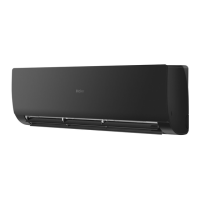
Do you have a question about the Haier SUPER MATCH AS25S2SF1FA-BC and is the answer not in the manual?
| Model | AS25S2SF1FA-BC |
|---|---|
| Refrigerant | R32 |
| Power Supply | 220-240V, 50Hz |
| Type | Split Air Conditioner |
| Outdoor Unit Dimensions (W x H x D) | 700 x 544 x 245 mm |
Explains the model number nomenclature and its components.
Details important warnings, precautions, and post-repair inspections for safe operation.
Explains the purpose and meaning of various icons used throughout the manual.
Highlights the main operational features and benefits of the air conditioner.
Provides detailed technical data including voltage, capacity, power consumption, and dimensions.
Lists the sensors used in the system and their purpose.
Illustrates the refrigerant flow paths for cooling and heating modes.
Details the connectors on the Printed Circuit Board and their functions.
Provides a schematic of the electrical connections within the indoor unit.
Outlines the primary functions and operational specifications of the air conditioner.
Describes the automatic, cooling, dehumidifying, and heating operation modes.
Covers mute, timing, dormant, and urgent operation modes for enhanced control.
Details protection controls, malfunction lists, and abnormality confirmation methods.
Covers single indoor operation, power cut compensation, test programs, and room card functions.
Provides detailed measurements and visual representations of the indoor unit's dimensions.
Indicates the center of gravity for the indoor unit.
Provides essential cautions to follow before and during diagnostic procedures.
Lists common operational symptoms and their corresponding diagnostic checks and solutions.
Details indoor display error codes, fault descriptions, and reference pages for troubleshooting.
Covers troubleshooting for thermistor and EEPROM related errors.
Details troubleshooting for fan motor malfunctions and IPM protection issues.
Addresses compressor over-current, communication faults, and power supply issues.
Covers overheat protection, loss of synchronism, and high work-intense protection.
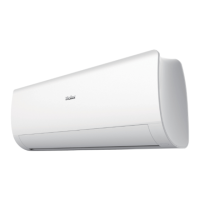
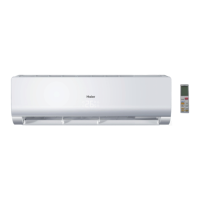


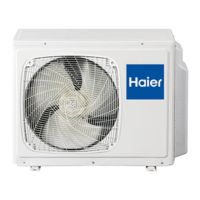

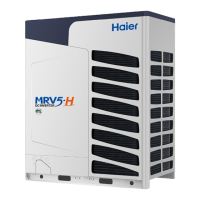

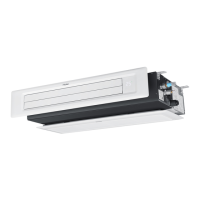
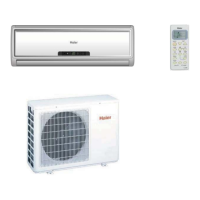


